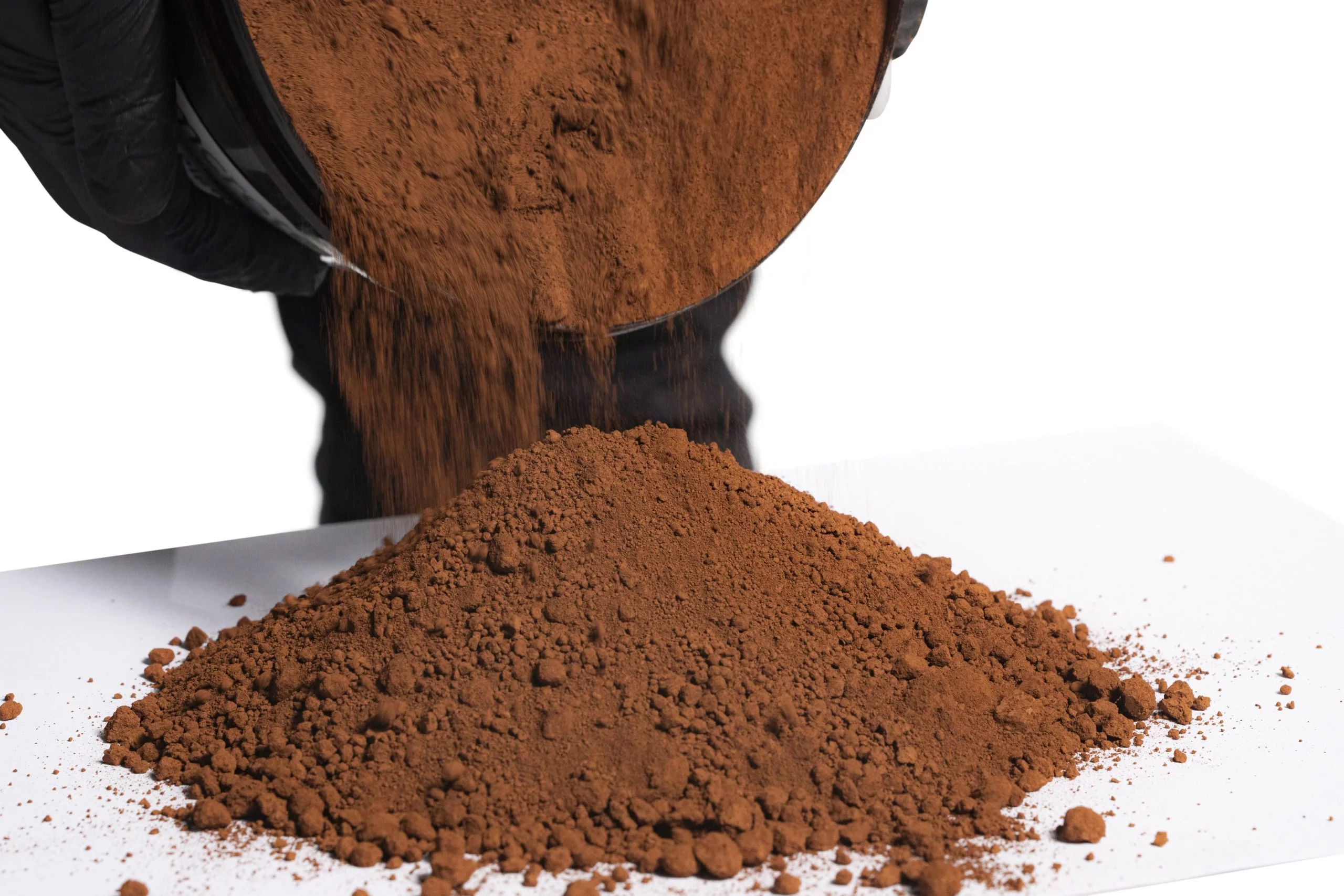There are many types of pigments used in coatings, with various chemical compositions and various uses. There is currently no perfect classification method.
From the classification of chemical components, they can be divided into two categories: inorganic pigments and organic pigments. At present, the output of inorganic pigments in all countries of the world is far more than that of organic pigments regardless of the neutral color of carbon black, titanium dioxide or colored varieties, which is related to the relatively inexpensive price of inorganic pigments, simple production process, better mechanical strength and heat stability. Organic pigments can be prepared in many varieties by changing their molecular structure, and they have a wide range of color spectrum, much higher coloring power or coloring strength than inorganic pigments, and they do not contain toxic heavy metals.

If subdivided according to the category of compounds contained, inorganic pigments can be divided into oxides, chromates, sulfates, carbonates, silicates, borates, molybdates, phosphates, vanadates, ferrocyanates, hydroxides, sulfides, metals and so on. Organic pigments can be divided into azo pigments, phthalocyanine pigments, onion quinone, indigo and other polycyclic pigments, arylmethane pigments and so on according to the chemical structure of the compounds.
Colorants can be divided into coloring pigments, extender pigments, anti-rust pigments, functional pigments and special pigments according to their functions and effects in coatings.
Coloring pigments are mainly used to color paints, including titanium dioxide, zinc white, lithopone, carbon black, lead yellow, iron red, chrome green, etc.; extender pigments are different from coloring pigments in terms of color, tinting power, and hiding power. It is poor in aspects such as calcium carbonate, kaolin, talc powder, white carbon black, etc., but it can improve certain properties or eliminate some disadvantages of coatings in coating applications, and can reduce the cost of coatings. Anti-rust pigments include red lead. , zinc chrome yellow, etc.; pearlescent pigments, fluorescent pigments, etc. are classified as special pigments; high temperature resistant color composite pigments, nickel-containing stainless steel flake pigments, etc. are functional pigments.
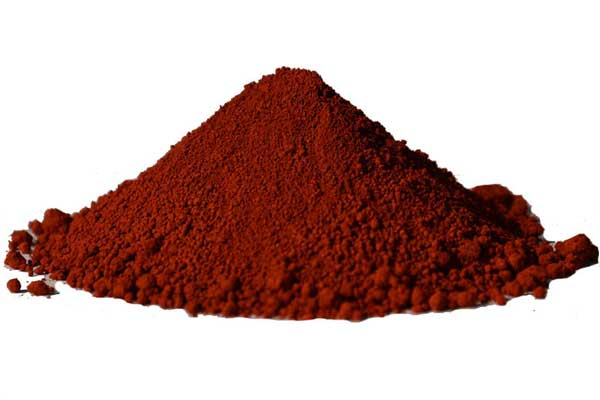
Types of colorants for paints
Here are several common colorants listed according to their functional categories. Let’s start with coloring pigments of various colors, list several common inorganic pigments and organic pigments, and then list other types of pigments such as extender pigments, anti-rust pigments, and metallic pigments as a separate category. Among the inorganic pigments, color pigments and extender pigments are the most common pigments, and their usage accounts for the largest proportion. Today we will focus on inorganic pigments.
White Pigment
●Titanium dioxide. Titanium dioxide, also known as titanium dioxide, is the most important white pigment. Its world output accounts for more than 70% of the total output of inorganic pigments. It is a white and stable compound. Titanium dioxide has excellent pigment quality. Its optical properties are very good, including gloss, whiteness, achromatic power, and hiding power. It can exert maximum benefits when the particle size and particle size distribution are optimal.
● Zinc oxide. Zinc oxide, also known as zinc white, is an older pigment variety. Zinc oxide is insoluble in water, but soluble in acid. It is also soluble in sodium hydroxide or ammonia. Its hiding power varies with particle size and particle size distribution. Generally speaking, its hiding power is not high, not as good as zinc-barium white. Its achromatic power is also lower than zinc-barium white and lower than titanium white.
● Zinc-barium white. Also known as lithopone. Standard lithopone is an equimolecular mixture of barium sulfate and zinc sulfide, which is generated by the interaction of zinc sulfate and barium sulfide solutions. Zinc-barium has good whiteness and strong hiding power, and can be widely used in interior decoration coatings. Because the finished product itself is unstable due to atmospheric effects and is easily decomposed, discolored, and pulverized, it is not suitable for manufacturing high-quality outdoor coatings. It is mainly used in water-based latex paints and oil-based paints.
● Antimony white. Antimony white uses antimony oxide as its main component. It has a white appearance, similar to zinc-barium white. Its weather resistance is better than zinc-barium white. It has less powdering properties, so it has good light resistance and heat resistance. It is non-toxic to humans and is mainly used in fire retardant coatings. middle. Its relative density is relatively high and its price is high, so it is rarely used in general paints.
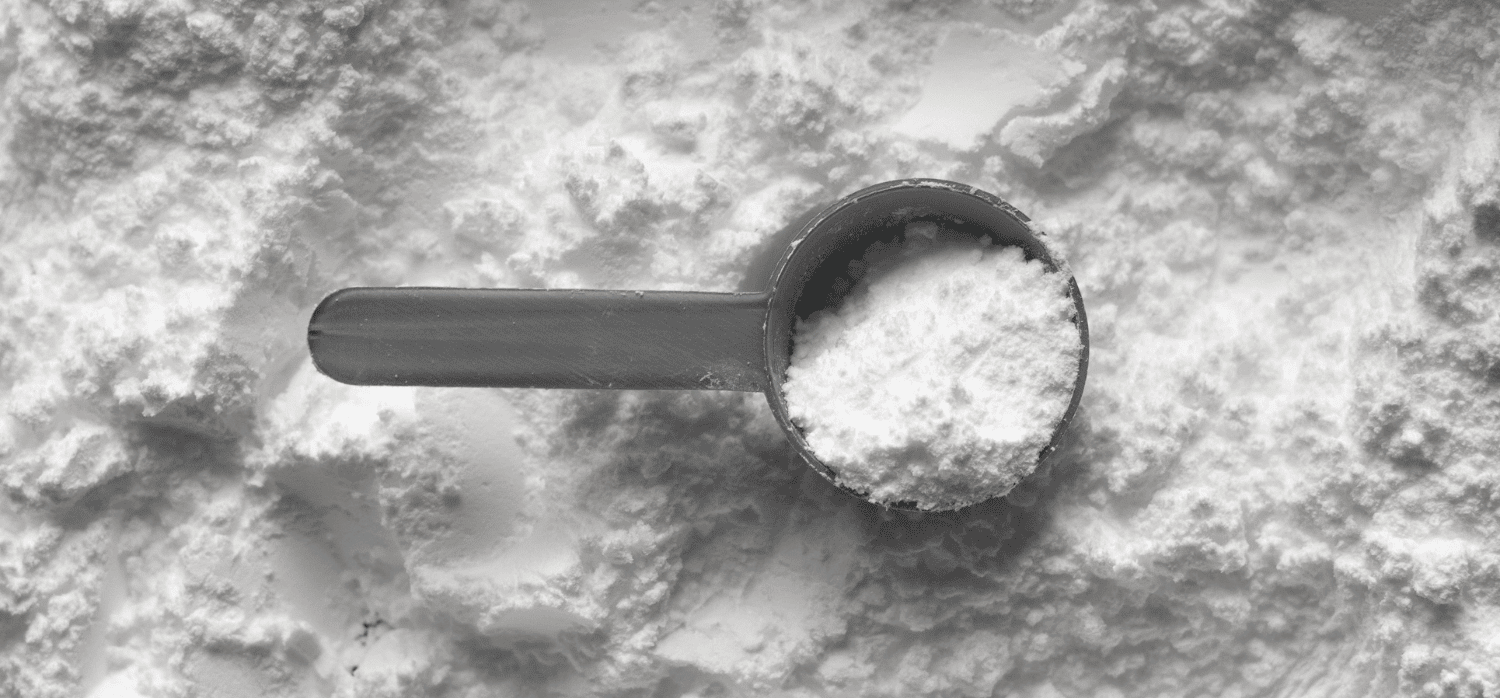
Black Pigment
● Carbon black. The main component of carbon black is carbon, and its appearance is a loose, extremely fine black powder.
According to different carbon black production processes, carbon black is divided into different types, including lamp black, tank black, thermal black, acetylene black, and furnace black. In the coating industry, acetylene black, a pigment with a small oil absorption capacity, is widely used because of its good hiding power and high chroma.
● Iron oxide black. Iron oxide black is a commonly used black pigment with good weather resistance. Iron oxide black has certain magnetism, so it is suitable for metal primers and has good adhesion and rust resistance.
● Graphite. Graphite is a black, shiny flaky powder that is a stable crystal of carbon. It has a very low expansion coefficient and is a good conductor of heat and electricity. In addition, its chemical stability is very outstanding and it can resist corrosion by strong acids and alkalis at higher temperatures. Therefore, it is a rare corrosion-resistant material. Graphite, as a pigment, can be used to make coatings. It can prepare coatings with excellent moisture-proof and brushing properties, such as anti-corrosion, heat resistance, waterproofing, conductivity and other special properties.

Red Pigment
● Iron red. Iron oxide pigment is a very important inorganic color pigment. Its chemical name is iron oxide. The raw materials are simple and easy to obtain, the price is low, and the product toxicity is minimal, so it is widely used. Iron red is a stable inert pigment with good light resistance. It has good UV resistance and is stable to the atmosphere and water. It can be widely used as a reinforcing agent in plastics, rubber, and fibers and as an anticorrosive pigment in coatings.
The hiding power of iron red is so high that, except for carbon black, nothing else can compare with it. Generally, the hiding power of synthetic iron red is less than 7g/m2. In addition, the tinting power of iron red is better. In the same process, light iron red is higher than dark iron red. Therefore, when the hues are different, the tinting power cannot be compared. The anti-rust mechanism of iron red is a physical effect, which acts as a shield for the covered items. It is mainly used as a primer. Its color tone is generally not important. Iron red is required to have smaller water-soluble salts in order not to cause the dissolution of salts. The sealing properties of the coating film will deteriorate.
●Molybdenum chromium red. Molybdenum red is an inorganic pigment containing lead molybdate, lead chromate, and lead sulfate. It can be found in various varieties from orange to red. Its color is bright, its tinting power is higher than that of orange chrome yellow, and its hiding power and various main performance indicators are excellent. The chemical composition of general industrial products is 75% to 85% lead phosphate, 10% to 15% lead molybdate, and 3% to 10% lead sulfate. Molybdenum chromium red can also be combined with white anti-rust paint pigments to make molybdenum chromium red anti-rust paint with a similar appearance to red lead. Molybdenum chromium red can also be combined with organic pigments with better performance to obtain a bright red baking paint that is solvent-resistant, non-golden, and resistant to baking temperatures.
Molybdenum chromium red has shortcomings similar to lead chromium yellow in practical applications. For example, the crystal form of the crystal is easy to change, causing the color to change, and the light resistance and weather resistance are not very ideal. The light resistance, weather resistance and other indicators of the currently improved products have been greatly improved.
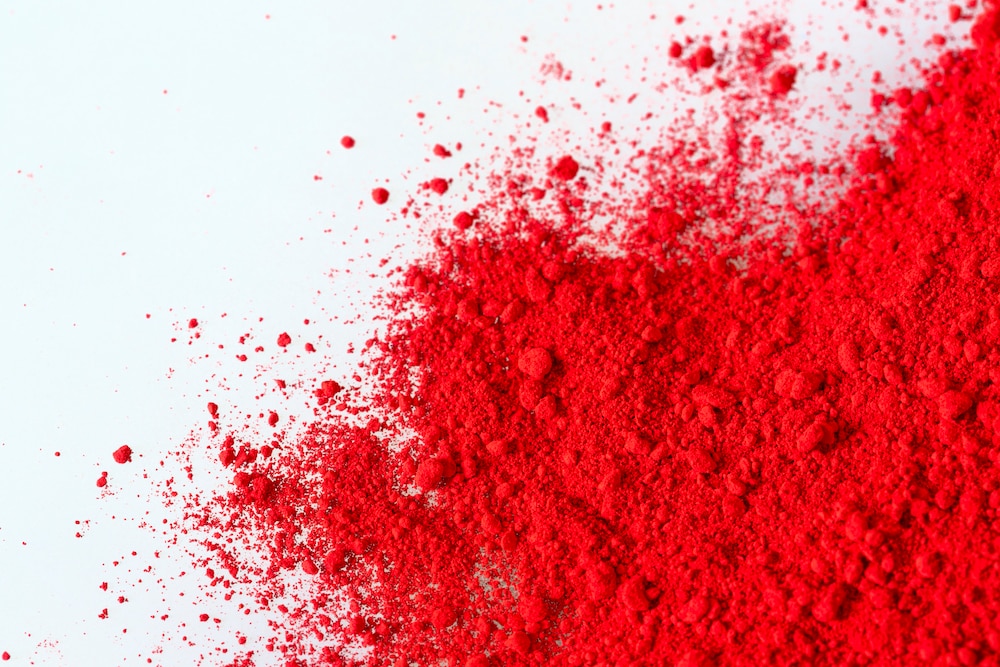
Yellow Pigment
● Lead chrome yellow. The color of lead chrome yellow pigment can range from lemon yellow to orange, forming a continuous yellow color spectrum. For the convenience of production and use, manufacturers usually produce five standard colors, namely lemon chrome yellow, light chrome yellow, medium chrome yellow, deep chrome yellow, and orange chrome yellow. Lead inscription yellow pigment is used in coatings and inks for its bright, pure color and strong hiding power. However, lead-inscribed yellow has two major disadvantages: first, varieties whose crystal form is not stable enough will suddenly become darker in color during storage; second, varieties that have not been surface-treated can easily turn black after being exposed to sunlight. In addition, lead-containing paints are banned due to the toxicity of lead, so sufficient attention should be paid when selecting.
● Iron oxide yellow. Iron oxide yellow, also known as hydroxy iron, referred to as iron yellow, is an alkaline oxide with relatively stable chemical properties, in the form of yellow powder. It has a bright, pure yellow color and comes in a range of shades from lemon to orange. It has good pigment properties, such as high tinting power and hiding power. Its tinting power is almost similar to lead chrome yellow, its hiding power is no more than 15g/m2, and its light resistance reaches level 6~7. Insoluble in alkali, slightly soluble in acid, completely soluble in concentrated hydrochloric acid. Thermal stability is poor. It starts to dehydrate when heated to 150~200℃. When the temperature rises to 270~300℃, it dehydrates rapidly and turns into iron red. Iron oxide yellow pigment is used in the construction industry for wall decoration, mosaic floors, artificial marble, and cement products due to its good weather resistance and hiding power. It can also be used as a colorant for ink, rubber, plastics, and papermaking.
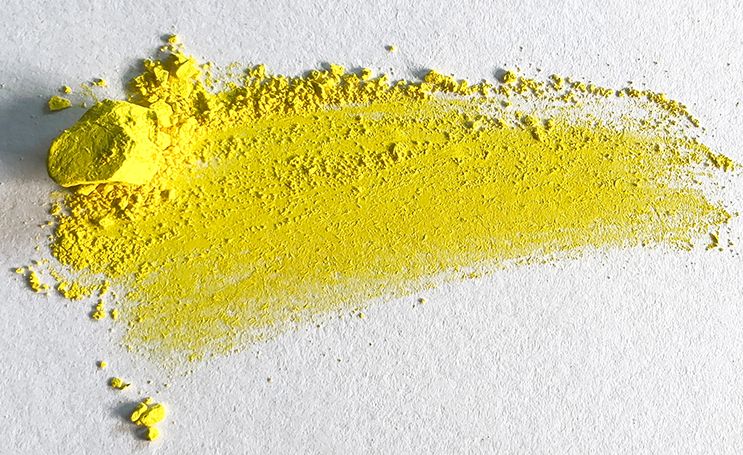
Blue Pigment
● Iron blue. Also known as Sino-blue, Prussian blue or Mirolian blue, it is a dark blue powder. It is acid-resistant but not alkali-resistant, not heat-resistant, hydrophilic and not easily dispersed in resin media. It often needs to be treated with surfactants to improve its dispersion.
Iron blue has high tinting power, and the stronger the tinting power, the brighter the color. Iron blue has a very high light resistance. It is generally believed that the more alkali metals contained in iron blue, the stronger its light resistance. However, after it is mixed with white pigments and diluted, the light resistance decreases. Iron blue has been produced for more than 200 years and was once the main blue pigment. In recent years, it has been replaced by phthalocyanine blue, and its output has gradually declined. Due to the low price of iron blue, some paint products are still in use and can be used as a toner for black ink, so there is a certain demand.
● Ultramarine. Ultramarine has a history of over 100 years. The raw materials for producing ultramarine are kaolin, soda ash, sulfur, silicate, and reducing agents such as charcoal and asphalt. The raw materials are cheap and abundant. The varieties have blue, purple, peach and other hues, with bright and fresh colors. They are resistant to alkali, heat, light and weather, but are not acid resistant. Basically non-toxic, but can release hydrogen sulfide when exposed to acid. Although the tinting power of ultramarine blue is not high, it has a special color and unique properties. It can be used for coloring rubber, plastics, paper, enamel, and also for paints and powder coatings. It is an excellent painting pigment.
● Ultramarine. Ultramarine has a history of over 100 years. The raw materials for producing ultramarine are kaolin, soda ash, sulfur, silicate, and reducing agents such as charcoal and asphalt. The raw materials are cheap and abundant. The varieties have blue, purple, peach and other hues, with bright and fresh colors. They are resistant to alkali, heat, light and weather, but are not acid resistant. Basically non-toxic, but can release hydrogen sulfide when exposed to acid. Although the tinting power of ultramarine blue is not high, it has a special color and unique properties. It can be used for coloring rubber, plastics, paper, enamel, and also for paints and powder coatings. It is an excellent painting pigment.

Lead Chrome Green
Lead chrome green is not a separate variety, but a mixed color pigment composed of chrome yellow and iron blue or phthalocyanine blue. Lead chrome green is an important inorganic green pigment due to its bright and pure color, low price and wide application. The performance of lead chrome green is completely dominated by the two pigments it consists of. For example, the alkali resistance of iron blue is very poor, so the alkali resistance of lead chrome green is also very poor. If the light resistance of chrome yellow is not good, lead chrome green will It also has a tendency to darken when exposed to sunlight. Lead green is the main coloring pigment in the paint industry, and most green paints are formulated with this pigment. Because the composition contains chromium yellow, please pay attention to its lead toxicity when applying.

Iron Oxide Brown
Commercial iron oxide brown is usually made of iron oxide yellow, iron oxide red and iron oxide black. Due to changes in the color matching ratio of the ingredients, iron oxide brown can be formulated into a variety of colors to meet the needs of users. The oil absorption capacity of iron oxide brown is between 26% and 28%, the relative density is 4.70, it has good tinting strength, and has good light resistance and weather resistance. Because it contains iron oxide yellow, its heat resistance is slightly poor.
